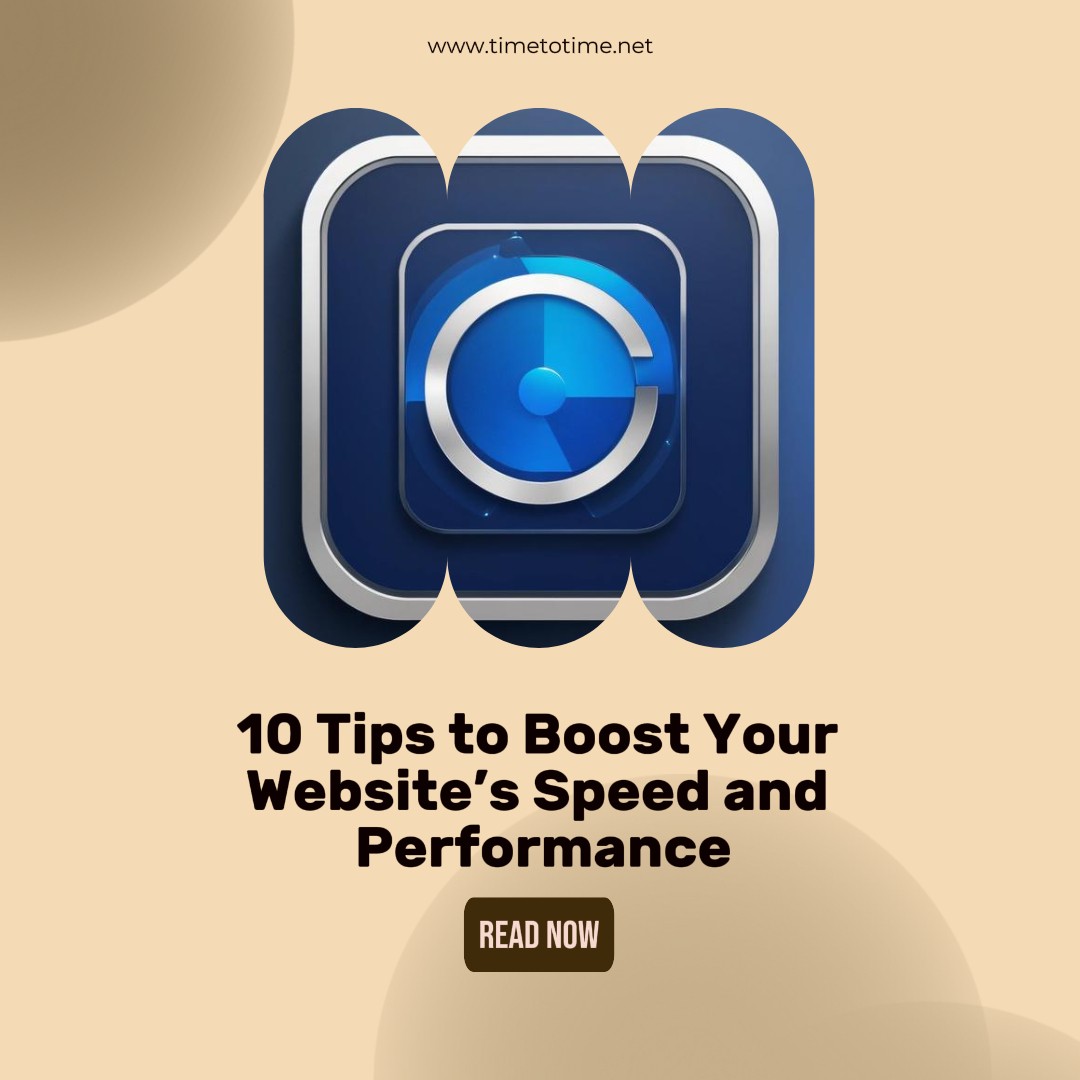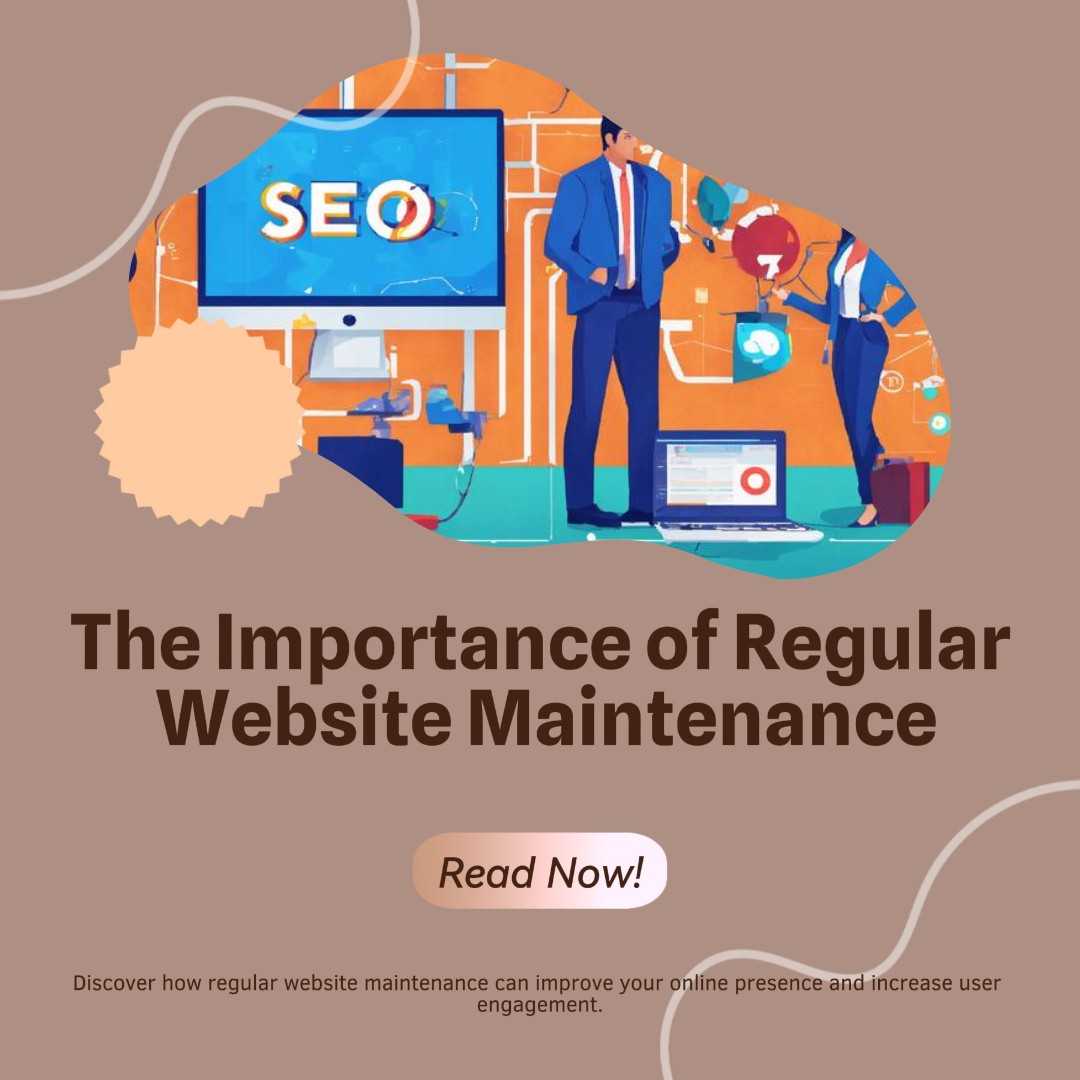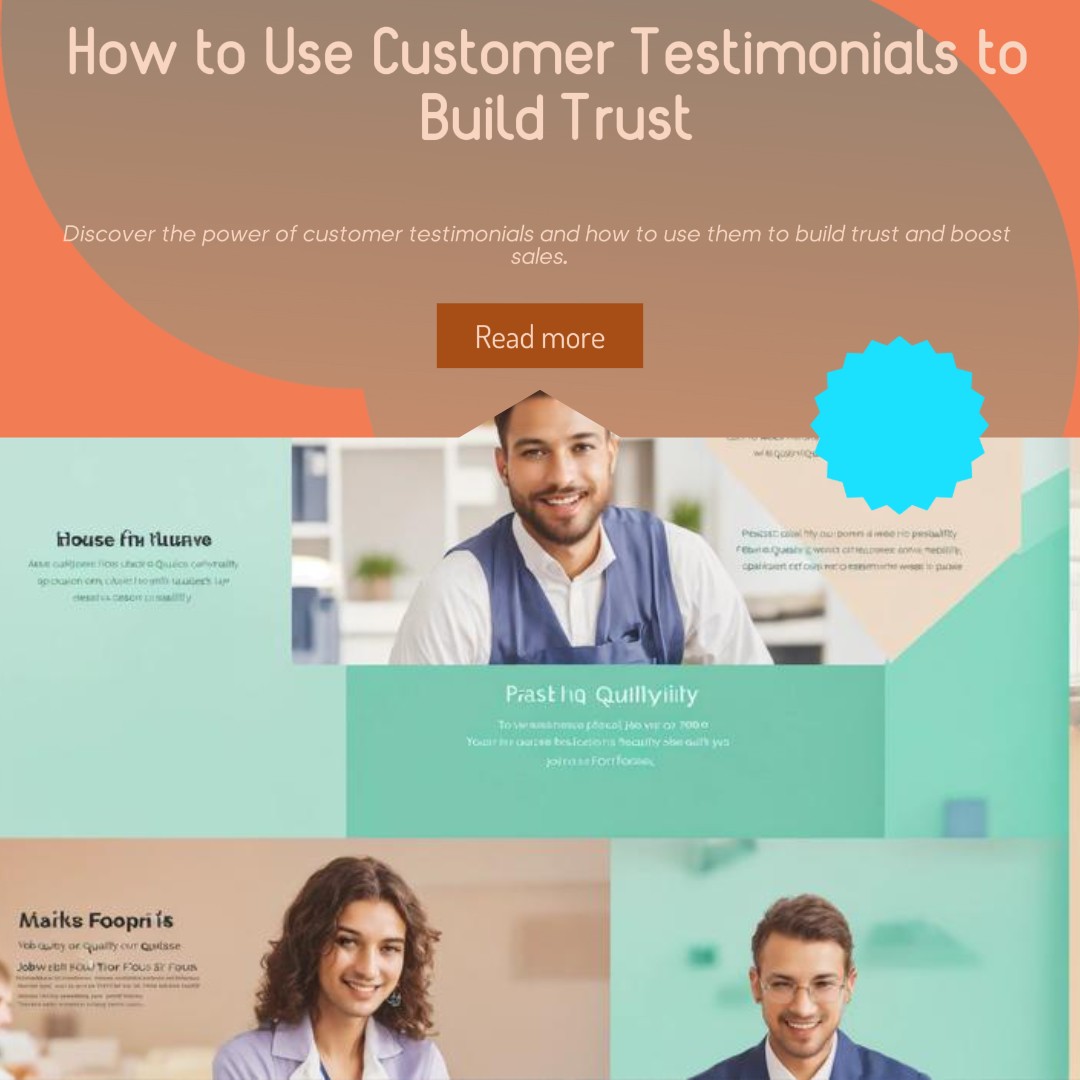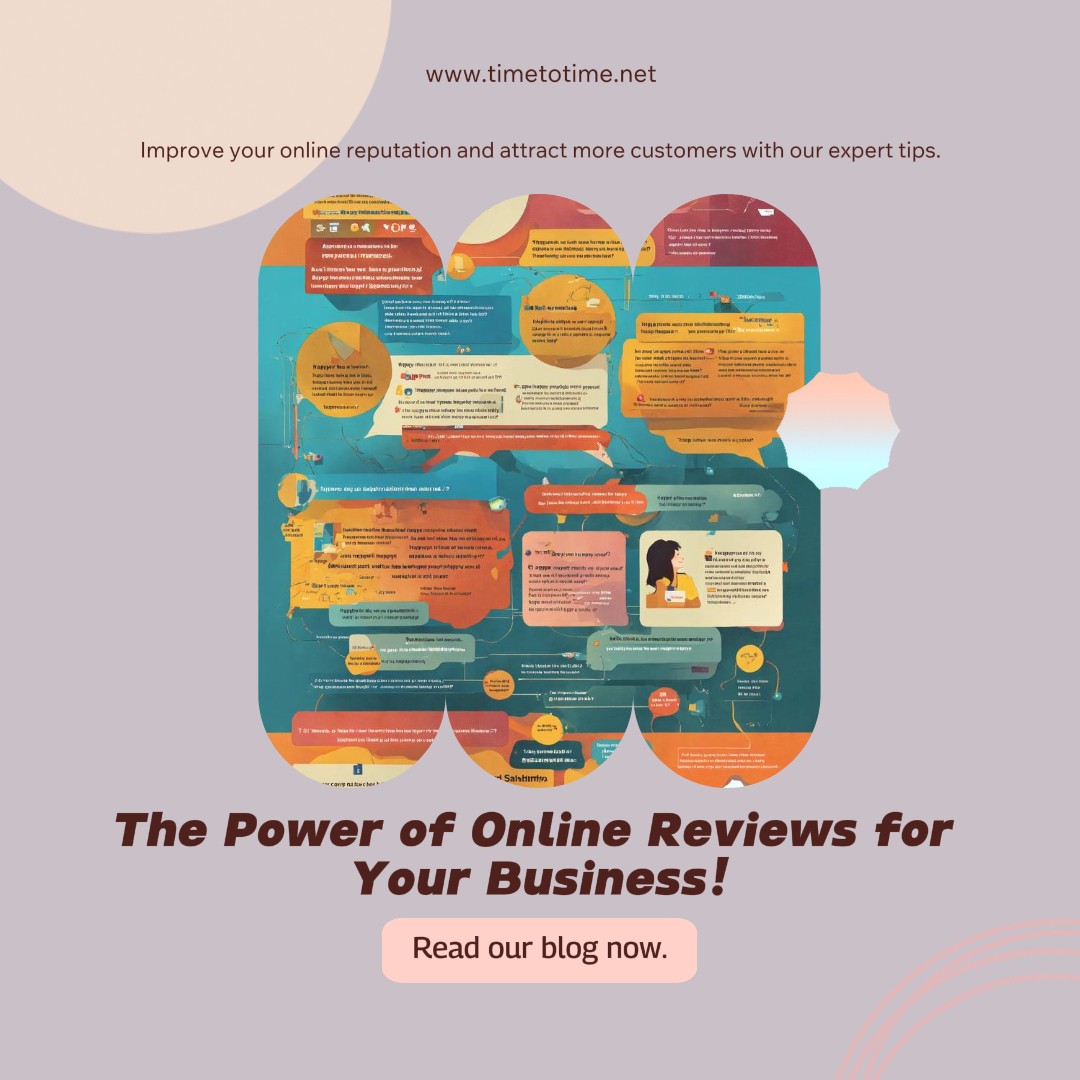In today’s cutthroat competitive digital marketplace, maximizing e-commerce conversion rates is one surefire way businesses can ensure they make the most of online sales. Whether an established entrepreneur in the world of e-commerce or merely a rookie trying to find his rhythm, making sure visitors become paying customers literally makes all the difference between night and day in one’s business. But how do you increase those conversion rates? This article delves into practical, applicable strategies that will help one do just that.
Table of Contents
Understanding E-commerce Conversion Rates
First of all, let me explain what an e-commerce conversion rate is. In general, the conversion rate is the number that indicates how many visitors to your website undertake the desired action-we presume you are interested in having customers make a purchase. When 100 people come to visit your website and 5 of these eventually end up making a purchase, then your conversion rate is 5%.
But it’s not just the sale of a product. Other examples would be something such as signing up for a newsletter, filling out a contact form, adding things into a shopping cart, etc. The big picture here with conversions is that they are what move your business along.
Importance of Conversion Rate Optimization (CRO)
Now that we understand what conversion rate is, let’s understand why this optimization is so crucial. Consider your website to be a leaky funnel: all your visitors are pouring into the very top. Because of some reasons, part of them will leak through the sides and exit your website without taking the needed action. In plain terms, CRO, or Conversion Rate Optimization, seeks to drop the number of people leaking out of your funnel and increase the numbers of people taking whatever action it is that you want them to do.
Conversion rate optimization is among the painless and cost-effective ways to make more money. Rather than paying for more visitors to the site-more money in terms of marketing-the concern of CRO is getting more value with already captured traffic; it’s all about squeezing every last juice from the orange.
Analyzing Your Current Conversion Rates
First, you need to understand where you presently are. You need to first begin by gathering information about your present performance. For instance, tools like Google Analytics will avail data regarding traffic, the user behavior towards your website, and the conversion rate. Look for patterns. Is there a point that users fall off? Probably some products do better than others?
Thirdly, set very clear and measurable objectives immediately after identifying what needs to be adjusted. For instance, if your conversion rate is 2%, you should make reaching 3% in three months your goal. With this, you’re able to keep track of the improvement progress, thus keeping you motivated.
Strategies to Improve E-commerce Conversion Rates
Hereafter follow a lot of tactics you can try to tune up your e-commerce conversion rates. Further below, we lay out some of the most effective ways to convert your visitors to paying customers.
Optimizing Your Website for User Experience (UX)
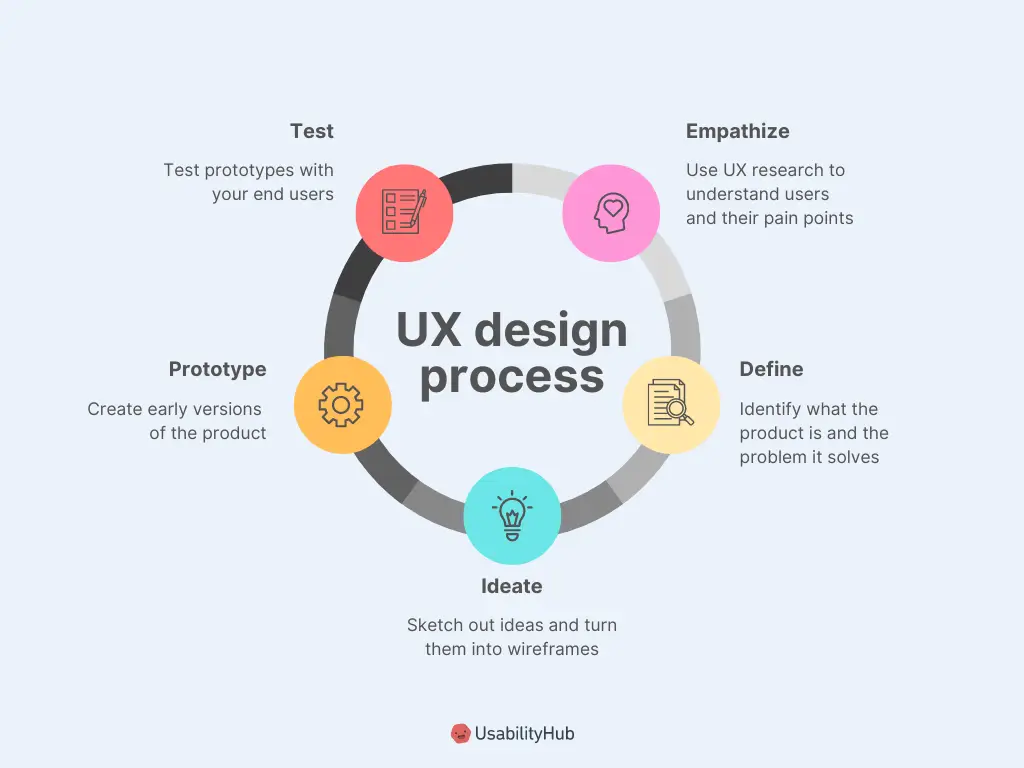
UX plays a huge role in whether or not a visitor will convert. The minute your website becomes even slightly hard to use, takes some time to load, or is unappealing to the eye, users will just leave and won’t make a purchase. In improving UX:
- Simplify navigation: Allow users to get what they are seeking out without much hassle by keeping clear categories and strong search functionality.
- Ensure the loading times are quick; a few seconds of delay will seriously dent your conversion rate.
- Unclog clutter; instead, use an uncluttered beautiful design: With so many options, what can be spared is an uncluttered, eye-catching design that gives customers the features they need to present products.
The Power of Product Descriptions and Images
With customers shopping online, they rely a lot on the descriptions and imagery of the products to make decisions on which ones they will buy. This is where you can really shine:
- Description: Selling; focus on benefits, not features. Tell a story that helps customers to create an image of themselves using the product.
- Use high-quality images: offer shots of the same product from a number of angles. Showing videos or 360° views can help customers understand the product.
Streamlining the Checkout Process
Probably the biggest friction point to conversion is a clunky or overly longer process to checkout. The easier you make it to customers to complete their purchase, the higher your conversion rates will go through:
- Minimize steps: Only ask for information that’s strictly necessary. Fewer steps in your checkout process are better.
- Offer multiple ways to pay: People have a preferred way to pay. Give several choices to reduce friction.
- Offer Guest Checkout: Not every visitor needs or wants to become a member just for one purchase. Let guests check out and eliminate this barrier to sale.
Leveraging Social Proof and Reviews
Social proof is probably one of the most powerful psychological triggers. In simple terms, the more one sees other people being satisfied with one’s products, the more inclined others will be to trust the brand:
- Customer reviews: These can be utilized to incentivize happy customers in order to review your product and then showcase this on the main pages of your offering.
- Testimonials Showcase: Encourage and advertise testimonials of customers who have had, most of all, an outstanding experience with your brand.
- Trust Badges: Show badges of proof that your website is secure, and advertise any prizes or recognition won by your brand.
Personalization: Tailoring the Customer Experience
Personalization is all about presenting the customer with a shopping experience wherein the latter would feel that everything has been done according to his needs and preference. This could actually raise your conversion rates by as much as possible if done effectively.
- Recommend through personalization: Suggest products based on browsing history or previous purchases.
- Segmented emails: Send out your email marketing campaigns based on customer behavior and preference.
- Personalization of shopping experiences: display of different content, offers, or products based on segments.
A/B Testing: Experimenting to Find What Works
A/B Testing: It is also referred to as split testing, which is a method of testing two versions of an element or a webpage against one another to determine the best performer. This would go a long way in helping optimize the conversion rates under the following manner.
- Variation Testing in Headlines: Show different headlines on your product pages, after which notice which turns out to be the most captivating for your target audience.
- Test calls-to-action: The phrasing, color and positioning of your calls-to-action can all affect conversion rate.
- A/B test design elements: Test different versions of layouts, photography and calls-to-action to see which delivers the best conversion rate.
Mobile Optimization: Ensuring Seamless Shopping on the Go
More consumers today are purchasing on their mobile devices than ever before. Success relies on a website’s mobile optimization. With a mobile-friendly website, one can browse and shop from any device with ease:
- Employ responsive design: where your website can automatically fit on any screen size.
- Make navigation easier on mobile users: whatever a visitor may want to look at, he should be able to find in a few scrolls and taps on his smartphone.
- Optimize images and content: compress images to shrink the loading time, use easy-to-read fonts enlarged.
Using Analytics to Measure and Improve Performance
Analytics is your best friend for working out what’s hot and what’s not. Ongoing scrutiny of your data will help drive the right decisions in improving your conversion rates:
- Track key metrics: the most important metrics are bounce rate, average session duration, and conversion rate-all of which help identify areas needing improvement.
- Find the trends: patterns in the data point to what works in driving conversions and what may cause drop-offs.
- Now, use your analytics to determine where strategies need to be adjusted, and then watch the result of constant improvement in your conversion rate.
Implementing Exit-Intent Popups
Exit pop-ups are all about bringing that would-be customer back in at that last chance before he or she leaves your site. In action, they will help you recuperate some of those conversions that have been lost.
- Offer a Discount or Promotion: Try to keep them there with a special offer, giving a discount for their first purchase.
- Get e-mail Addresses: Give them some discount or a free resource in return for subscribing to your newsletter.
- Add value with useful information: Give them a free guide or a checklist or something useful and engaging.
Conclusion
Improvement in e-commerce conversion rates is not a one-time thing; it is actually a continuous process of testing and refining. Emphasize the optimization of user experience, smoothen the checkout process, and exploit social proof-those touchpoints that will turn visitors into loyal customers.
Remember, tiny changes can add up to make huge improvements over time. Just keep on experimenting and be patient, as over time your rates will go up.
FAQs
1. What is a good e-commerce conversion rate?
An excellent e-commerce conversion rate is normally relative to an industry, but mostly, anything between 2% and 5% usually boasts a strong conversion rate. With effective strategies in place, you can, however, beat this benchmark.
2. How do I track my ecommerce conversion rates?
You monitor your e-commerce



